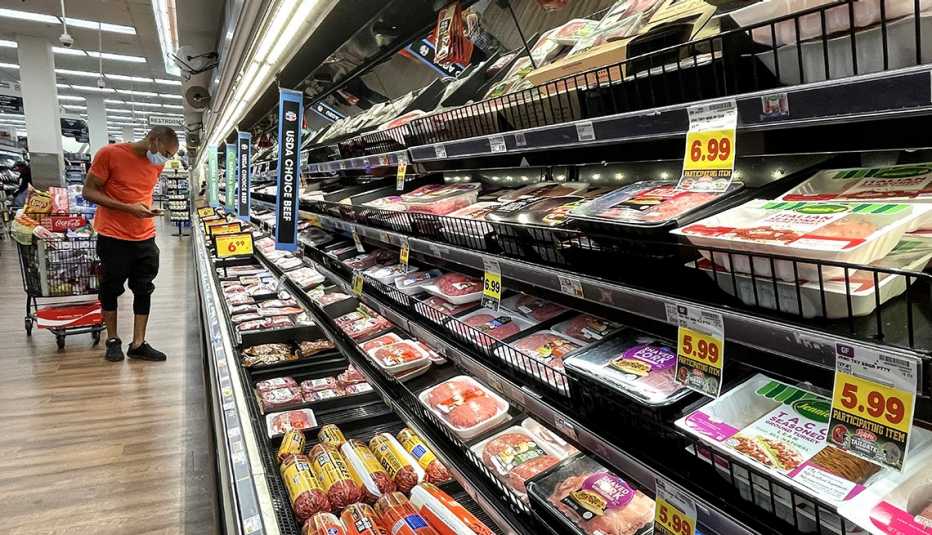Staying Fit


Food price increases in U.S. metro areas
Food prices saw a burst of inflation over the past year, jumping 5.4 percent during the 12-month period that ended Oct. 31, according to the Bureau of Labor Statistics (BLS). But just as all politics is local, food prices are, too, and where you live plays a big part in how much you pay for supper. Want to know whether your food bill has jumped more than your friends'? The BLS has your answer.


AARP Membership— $12 for your first year when you sign up for Automatic Renewal
Get instant access to members-only products and hundreds of discounts, a free second membership, and a subscription to AARP the Magazine.
In the West, for example, food prices gained 5.4 percent, while food in the Northeast rose 4.9 percent. Variations between the nation's largest metropolitan areas were even more extreme, ranging from a 9.1 percent gain in Seattle to a drop of 1.6 percent in Miami.
Why does a pound of hamburger cost more in San Francisco than in Boston? It’s complicated.
Water, fuel and China
Start with water. Vast stretches of the West are in exceptional drought, according to the U.S. Department of Agriculture. In fact, 53.4 percent of the lower 48 states are in drought, up 11.9 percent in October, and 32 states are experiencing moderate drought or worse. Typically, in periods of drought, farmers switch to less-water-intensive crops — or crops that rely more on surface water than on groundwater. Not surprisingly, some West Coast areas, such as Seattle, San Francisco and Los Angeles, had the biggest increases in food prices.
California, for example, produces 25 percent of the nation’s food supply, but 80.4 percent of the state is in extreme drought (100 percent is in moderate drought or worse), and the state suffered one of its worst wildfire seasons ever. Farmers were able to produce large almond crops, because farmers tend to grow almond trees in areas with reliable groundwater. But prices for water-intensive food, such as meats and poultry, soared 13.6 percent in the San Francisco area.
In areas not affected by drought, increases in food prices were modest: In Atlanta, for example, food prices have risen a more reasonable 2.3 percent, and in Boston, prices actually fell 0.5 percent for the year. Why have Boston and Miami seen price declines the past 12 months? “I would chalk it up to the volatility of food prices,” says Alexandra Hall Bovee, regional commissioner for the BLS, in an email interview. “Another factor may be how much higher prices surged in the Boston/Cambridge/Newton area in 2020. Miami/Ft. Lauderdale/W Palm Beach also had higher increases than most metro areas in 2020."

































































More on money